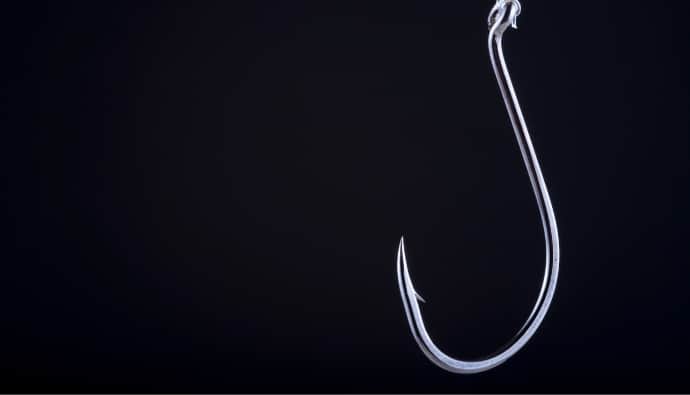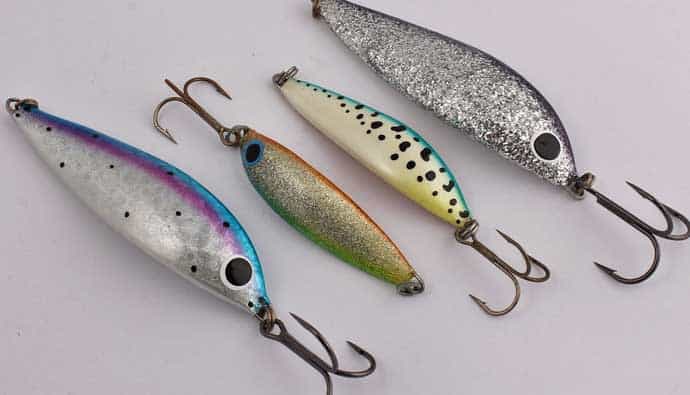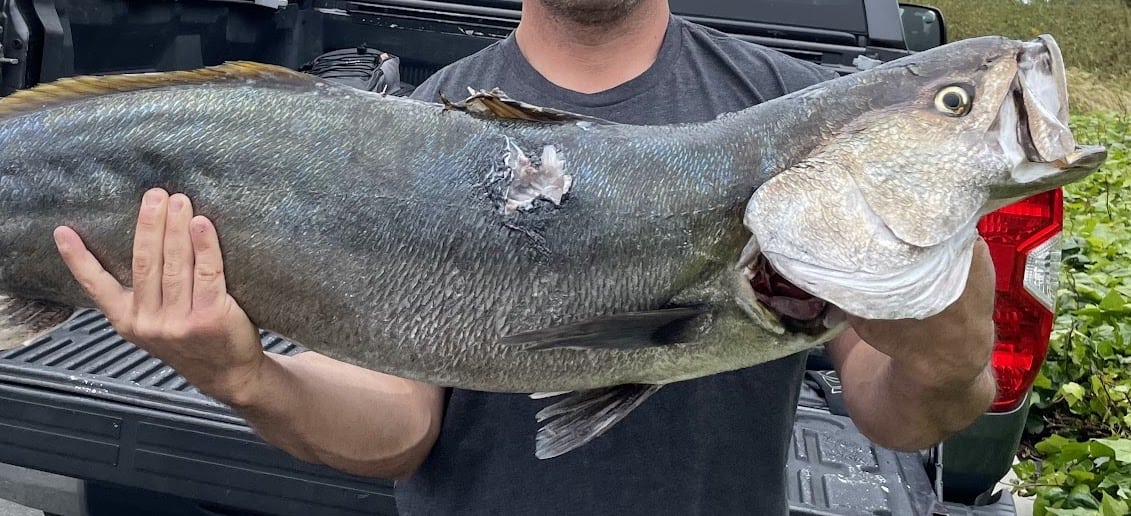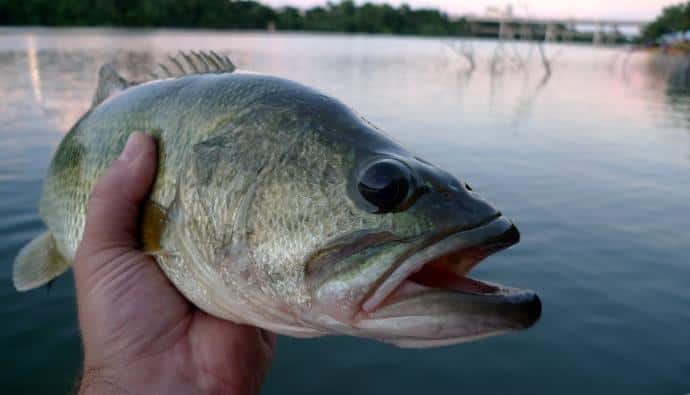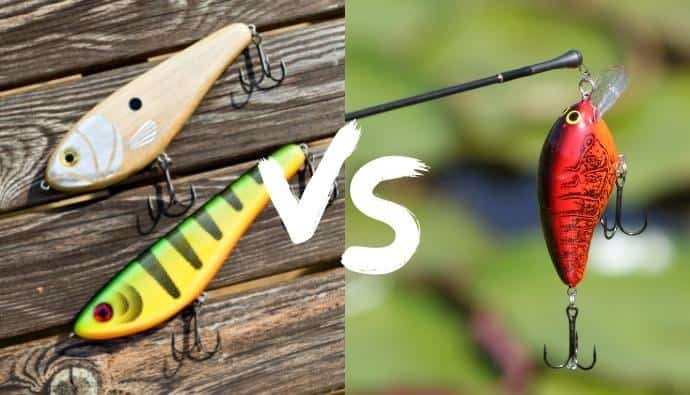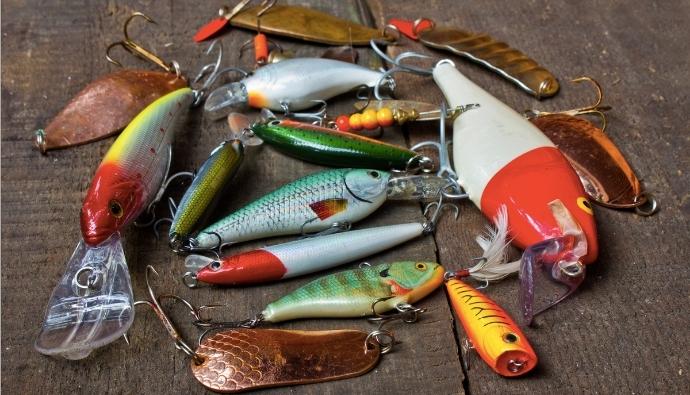Crankbait fishing is one of the most popular ways to fish, and it goes with all seasons. It’s also a highly effective bait that you can use whether you’re a beginner or a professional angler. But the question is, how do you use a crankbait?
Choosing the right fishing lure can be tricky. Unlike some lures that only work in certain seasons, crankbait is universal and can be used in different depths of water, depending on what you’re looking to catch.
This article will walk you through crankbait fishing, especially when you are new to the world of fishing.
So without further ado, here’s how to use crankbait.
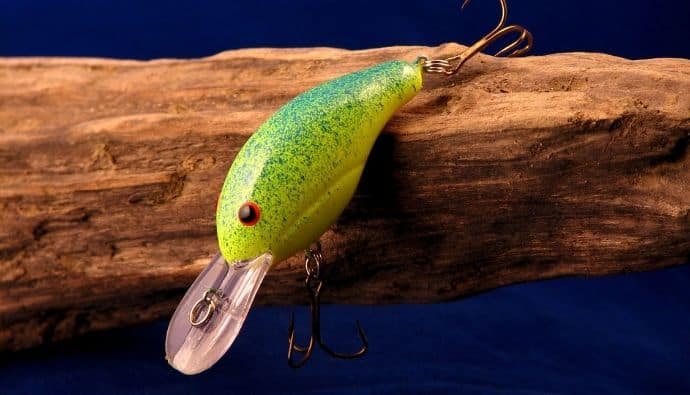
What is a Crankbait?
Many anglers, professionals or amateurs, prefer this kind of lure. It is an artificial lure used to catch your preferred fish species. It comes in different colors and sizes, different lips, and weights.
There are three (3) different ways to use crankbait depending on the diving depths of the water.
Shallow Diving Crankbaits
Anglers used these crankbaits in shallow water where the covers and the weeds were present. Typically with only 0.5″ to no lip at all, these kinds of shallow crankbaits were great in shallow areas or water like ponds, creeks, lakes, and many more.
The hooks are sometimes present in the crankbaits. However, hitting an obstacle will attract more fish. Lipless crankbaits usually sink rather than float. The force of the water in shallow cover would push the lure down upon retrieval.
Medium Diving Crankbaits
These crankbaits can dive into the medium depths of the water. With depths of around 10 feet, you can also use it in shallower water. If you make a short stop after hitting an obstacle, target fish can be lure in your crankbait, then pull your rod.
You can catch a pre-spawn bass from this crankbait. You also need to consider the water clarity of your fishing location and the crankbait shape that you will throw to the bass.
A wide wobbling crankbaits is the best as they can be retrieved at slow to medium speed and imitate crawfish.
Deep Diving Crankbaits
A deep-diving crankbait is excellent for deeper areas and also fishing for a deeper cover. However, this kind of crankbait can be challenging to control, especially when you are still an amateur.
Learning about the different parts of a crankbait will help you get better at fishing. This type of crankbait is an effective technique for fishing in the summertime heat.
The physical effort it takes for you to cast all day might seem like a big sacrifice, but the potential for you catching bigger bass makes it worth the time and trouble.
What Kind Of Fish Can You Catch With a Crankbait?
Crankbaits are your best friends when your goal is catching a large amount of fish. These lures cover a vast area and can trigger bites from nearby fish.
These are the most common species of fish that you can get using crankbaits.
Bass
Crankbaits are a popular choice for bass anglers, even in bass tournaments. To find your best crankbait, make sure it’s able to dive a bit deeper than the water column. The lighter the fishing line, the deeper the lure will reach.
Walleye
To find the best crankbait for catching walleye, you’ll need to experiment with a few options. Different crankbaits can produce different results in other locations.
Walleye fish are attracted to the sound and vibration of a crankbait. For you to get this elusive fish, you need to position the crankbait slightly above.
Crappie
Fall is the perfect time to use smaller crank baits in shallow water for catching crappies.
Crappies can be seen aggressively feeding in the shallows before winter, so you should have your shad-resembling crankbait ready. You’ll want to use a shallow diving crankbait during this time.
Additionally, You can get crappie during summer but need to use a new crankbait that can go deeper.
Trout
Crankbaits can attract large species of trout. Smaller lures can give a better result. To get the trout, you’ll need to reel in your line at a slow and steady pace, but every 6-7 turns, you should twitch the bait.
This way can make the trout go crazy and will make them easier to catch.
Pike
To find a pike, you need to use a crankbait that resembles a baitfish living in the same area. You can also pick from color selection in getting this fish.
For instance, the only way to get into darker waters is a brighter shade of lures. Don’t use larger lures as the big and small pike will bite smaller lures.
When to Fish With A Crankbait?
Crankbait is an all-season bait, but you can’t use it for ice fishing. Nonetheless, it is not the best option to go fishing during winter as the fish reduce their activity during the said season.
Here’s the available season that you can fish with a crankbait.
Spring
Springtime is an excellent time to fish with a crankbait. Many species of fish are active and come to the top to feed. During this season, you should use a brighter color of lure body to attract more fish.
Summer
Crankbaits will bring you success in fishing. During summer, you can use deep-diving crankbaits because most fish swim a bit deeper than usual, where the water temperature is not too high.
Fall/Autumn
Some fish will prepare for the coming winter, making them swim to the top again. You can do the same method in Spring and use crankbaits that resemble a baitfish to make it look natural.
Winter
By practicing slowly and then retrieving, you can use a lipless crankbait in fishing. Lipless crankbait produces a wobble action.
Crankbait Fishing Tips 101
The Right Color
In learning how to use crankbait, you would know how to pick the right color. Choosing a model that resembles a baitfish is the best crankbaits that you can choose.
The second thing to consider is the color of the water. Choose natural colors when the water is clear. And when the water is murky, choose a brighter color.
When the species of your choice is not active, try to use intense bright colors, a kind that stands out but not too much.
Fishing with Lipless Crankbait
These are the type of crankbaits that don’t have any lip. Because of the missing lip, it produces a wobbling and vibrating action.
This type of crankbait is suitable for winter fishing and also in thick grass or thick vegetation. Same with the models of the other crankbaits, it also has two treble hooks.
With this lipless crank, a steady retrieve will work great. Another technique is ripping and fluttering, which produces powerful vibrations.
Sweep the crankbait rod quickly and reel it, then return to your original position. Repeat the process.
You can also use crankbaits in light weeds for bass fishing. Bass will often lurk from weedy areas and try to ambush their prey. The bass usually leaves their place to feed, making them an easy target.
Fishing On The Shore
It’s okay if you prefer fishing on the shore; there’s a way for that too! By using a lipless crank, you can start fishing in a shallow area. Just use a longer rod tip for that.
Retrieving the Crankbaits
There are retrieve speeds and techniques that you can choose from. You can go a bit fast in straight retrieve and then cover the large area and explore.
When fishing in deep waters, try to do the up and down technique. In fast retrieve, your caught will have no opportunity to increase interest in your lure. This technique is a common mistake that you need to avoid.
Drawing The Last Fishing Line
A lot of training, time, and patience will take if you are new to crankbait fishing. If you are still a little confused, continue to practice how to use a crankbait.
Remember, learning and relearning about crankbaits are all worth the effort.



 Facebook
Facebook YouTube
YouTube